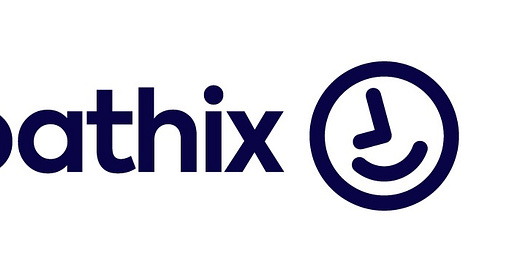Here's how we spoke to over 100 candidates with a 95% response rate last week.
How is it possible to identify 450 candidates, send voice notes to 128 of them, and get a 95% response rate?
Well crazily enough, this happened last week.
Then three reports landed: Stanford's 2025 AI Index (457 pages on AI's future), Deel's Global Hiring Report (1 million contracts analysed), and SEEK's New Zealand Employment Report.
Reading them together, our results suddenly make perfect sense.
Here's what caught my attention:
They're Right: AI Enabled True Personalisation
Stanford found AI model costs dropped 280-fold in 18 months. From $20 per million tokens to $0.07.
What this unlocks: For the first time, we can personalise at scale without choosing between efficiency and authenticity. It’s actually not just about cost, it’s about the technology…but that’s for another time.
The old trade-off: Personalised outreach OR scalable volume. Never both.
What's now possible: One client 128 personalised voice notes last week alone. Each one genuinely felt tailored, each one cost-effective to create. Response rate? 95%.
Want to see how it works? Thought I’d show you. This has been validated with thousands of candidates now and the results are resoundingly “Thank you, this is cool and innovative and I love engaging in this way”.
Listen to my voice note and reply to me here!
I reckon The most important thing in recruitment is the genuine connection felt between people, it’s underrated. But it’s the future, well, a big part of it.
They're Wrong: Benchmarks Don't Matter
Stanford talks about AI models getting "saturated" on benchmarks, scoring so high the tests become meaningless.
Missing the point: Hiring isn't a benchmark. It's not about scoring 99% on reading comprehension.
What actually matters: Does the candidate respond? Do they want to talk to you? Do they show up to the interview?
What happened with Empathix: 95% response rate vs. industry standard 20%.
What They Completely Missed
Stanford shows 78% of organisations now use AI, up from 55% last year. Meanwhile, Deel's Global Hiring Report (analysing 1 million contracts) reveals what's actually happening in hiring:
Domestic hiring grew 104% vs. international hiring at 42%
Gen Z got the biggest raises (9%) despite manager concerns
Terminations are down 16% globally as companies get more selective
Companies have more AI tools than ever, but the market is making it harder to attract candidates who want to move.
Stanford shows AI adoption exploding. Deel shows companies being pickier about who they hire. SEEK shows fewer candidates applying per role.
The gap: All this AI power, but candidates are harder to reach than ever.
Our insight: While everyone's automating efficiency, we are very much focused on authenticity.
The Real Hiring Challenge
Stanford tells us: AI models are getting cheaper and more capable.
Deel shows us: Companies are being more selective globally.
SEEK reveals: Even in recovery markets like NZ (job ads up 1% for second month), applications per job ad dropped 3% as volume increased.
Translation: More jobs, fewer applicants per role. It's getting harder to attract candidates who actually want to move.
Wanted to let you know that we made a hire through Empathix they started a couple of weeks ago now and is awesome!! ~ Customer of Empathix located in the USA.
What's Next
Stanford's data confirms we're in an AI transformation. But most companies are still thinking about AI wrong.
The question isn't: "How can AI make our hiring more efficient?"
The question is: "How can AI help us build better relationships with candidates?"
While everyone optimises for speed and scale, there's massive opportunity in optimising for genuine human connection.
Building relationships at scale,
Olivia




